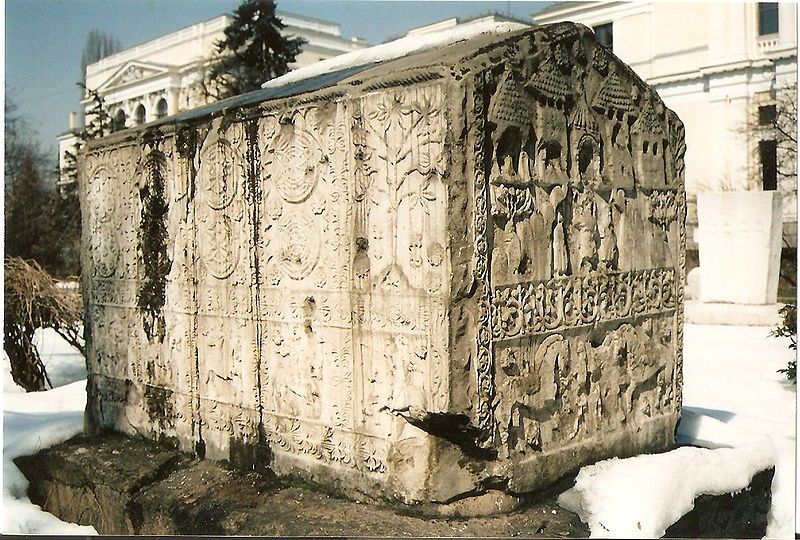After a six-year procedure, 30 necropoles of “stećci” tombstones from Croatia and neighbouring countries have been included on the World Heritage List.
At the summit in Istanbul, UNESCO has adopted a decision to include “stećci” medieval tombstones on the World Heritage List. The list includes a total of 30 necropoles, of which 22 are located in the territory of Bosnia and Herzegovina, three in Serbia and Montenegro and two in Croatia, reports Al Jazeera on July 16, 2016.
The process of preparing necessary documents for inclusion on the UNESCO list lasted for six years and began in Sarajevo in 2009, with the signing of a letter of intent on joint nomination between Bosnia and Herzegovina, Serbia, Croatia and Montenegro. Although the initial panel criticized the submitted documentation, the project was debated and a positive decision has ultimately been made.
UNESCO praised the joint cooperation between countries, which is also seen as part of the reconciliation process. The decision states that special care must be given to proper conservation of tombstones, because many are in a state of disrepair and are victims of neglect.
The largest number of stećci is in Bosnia and Herzegovina, with about 60,000 of them. According to official records, in Serbia there are 4,100 tombstones, in Croatia around 4,400, and in Montenegro about 3,500.
The scientific collection and studying of stećci began with the arrival of the Austro-Hungarian Empire on the territory of Bosnia and Herzegovina, and the centre of activity was the National Museum in Sarajevo, whose courtyard today includes some of the artistically most valuable tombstones.

Stećci are medieval tombstones decorated with rudimentary images. The most common motifs that appear on the tombstones are depictions of people. For artistic and cultural tradition, very important role also have inscriptions – epitaphs – which are usually found on stećci. They are a unique spiritual, artistic and cultural phenomenon particular to Bosnia and Herzegovina and neighbouring countries. The largest number of stećci was built between 13th and 16th centuries, and the most important necropolis of these monuments is located in Radimlja near Stolac, where there are 133 well-preserved tombstones.
Necropolis in Croatia can be found at following locations: Velika and Mala Crljivica, Cista Velika; Dubravka/Sveta Barbara, Konavle.










